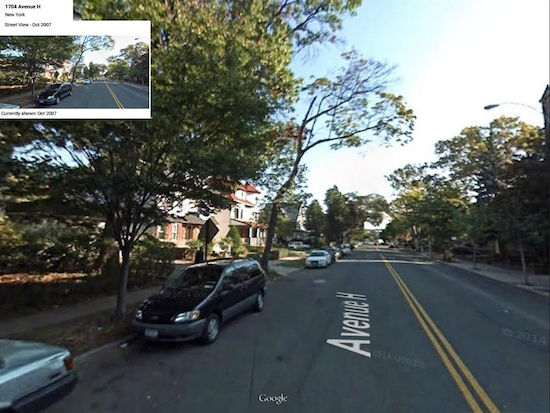Case of man getting crushed by tree highlights a disturbing issue in NYC

A Brooklyn man who was squashed by a tree in Ditmas Park nearly 10 years ago finally got justice on Tuesday when a jury determined that the City of New York was negligent in its maintenance of the tree.
But while the man awaits another court date to figure out what his settlement will be, his attorney blasted the city for its poor handling of tree removals.
“This isn’t only about [my client], this is a public safety issue,” said attorney John Renzulli. “This was a life-altering tragedy for him, and he wants to make sure that this doesn’t happen to anyone else.”

Brooklyn Boro
View MoreNew York City’s most populous borough, Brooklyn, is home to nearly 2.6 million residents. If Brooklyn were an independent city it would be the fourth largest city in the United States. While Brooklyn has become the epitome of ‘cool and hip’ in recent years, for those that were born here, raised families here and improved communities over the years, Brooklyn has never been ‘uncool’.